Gyms remain closed and those bodyweight home workouts are probably starting to feel a bit stale. So what’s a fitness fanatic in lockdown supposed to do?
Well, we now have a short window of opportunity every morning to fit in some outdoor exercise. Why not use it to finally complete your first 5km?
What’s so beneficial about running?
Anyone can run, provided you’re injury-free and otherwise healthy. Whether you want to lose weight, get fit, or improve your health, running is one of the most efficient and effective forms of cardiovascular exercise.
It can also help to boost your immune system and improve circulation, which can minimise the risk of conditions associated with a more sedentary lifestyle, which has become a real concern during the extended lockdown.
What’s more, running is a great way to manage and reduce stress and improve your mood because it can release “feel good” hormones known as endorphins. This is what delivers the “runner’s high” that so many people enjoy on longer runs.
And, at the moment, it is also the most readily available and accessible form of exercise. All you really need is a pair of suitable running shoes and the open road.
So, if you want to counter the effects of the many hours you spend sitting during the lockdown and lose some excess weight, while also improving your general fitness, it’s time to get up and go for a run.
Just make sure you do it between 6-9 am during stage 4 lockdown.
Getting started
As you’re starting from scratch, your primary goal should be to progressively build up to completing your first 5km run without the need for a walk break.
To help you reach that goal safely and without undue injury risk, we’ve put together this beginner’s program, which consists of dedicated running sessions three days a week. It’s ideal to combine this with your home-based strength training each week.
READ MORE: Endurance experts share their best strength exercises
The workout
The warm-up: Always get some blood flowing to your leg muscles before your training run by taking a brisk walk or a slow jog. Walk/jog for 5-10 minutes and then spend 5 minutes performing mobility and stretching drills to loosen your muscles and joints.
You can download a suitable mobility drill in the latest issue of Dis-Chem’s Living Fit. It’s available for FREE download here.
And you can find a quick but effective full-body stretching routine here.
Week 1. Walk-Run Phase
Notes: Walk at a brisker pace than a stroll but run at a slow, comfortable jogging pace. Aim to walk at between 8-10 min/km pace and run at 7-9 min/km pace.
Week 2. Walk-Run Phase 2
Week 3. Walk-Run Phase 3
Week 4. Transition phase
You now need to start by running, not walking, and increase your jogging splits to above five minutes each as we ween you off the walking intervals. Progressively increase the running component every week, but always separate the running components with walk breaks. This will enable you to do more running at each session, but with the necessary active recovery included. This will be your hardest week of training as the running component increases and your workload increases by more than 10% from this phase onwards to ensure you reach 5km.
Week 5 . Run-walk phase 2
You should aim to be able to cover 1km in 7-8 minutes by the start of week 5.
Week 6: Running phase
You should now be able to cover 5km using a combination of running and walking for active rest.
Congrats! You should now be ready to run a 5km without the need to walk.










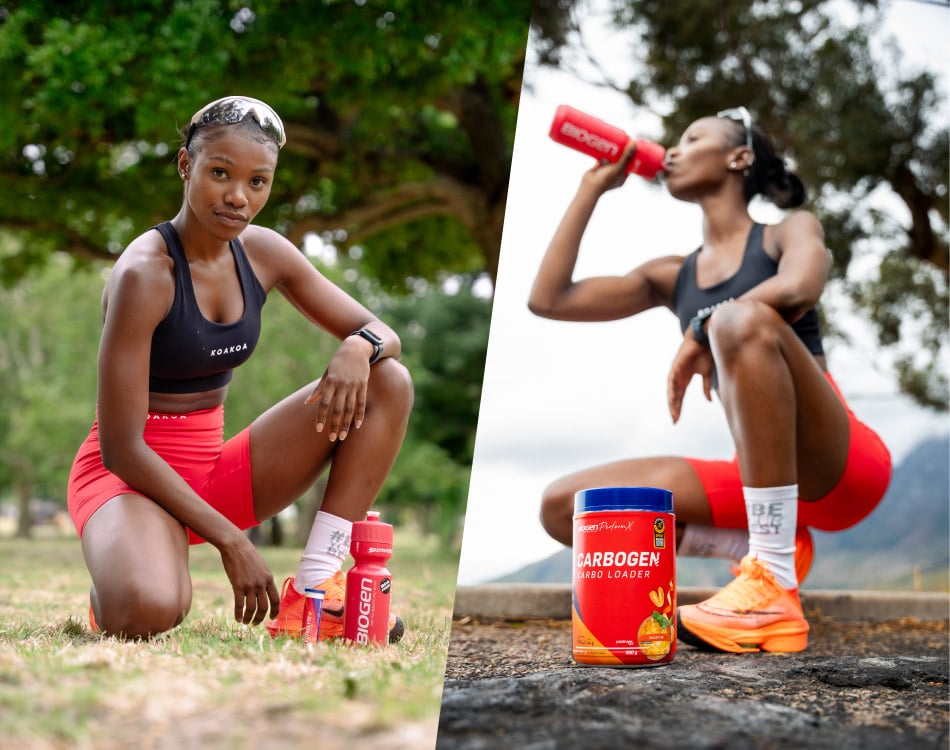

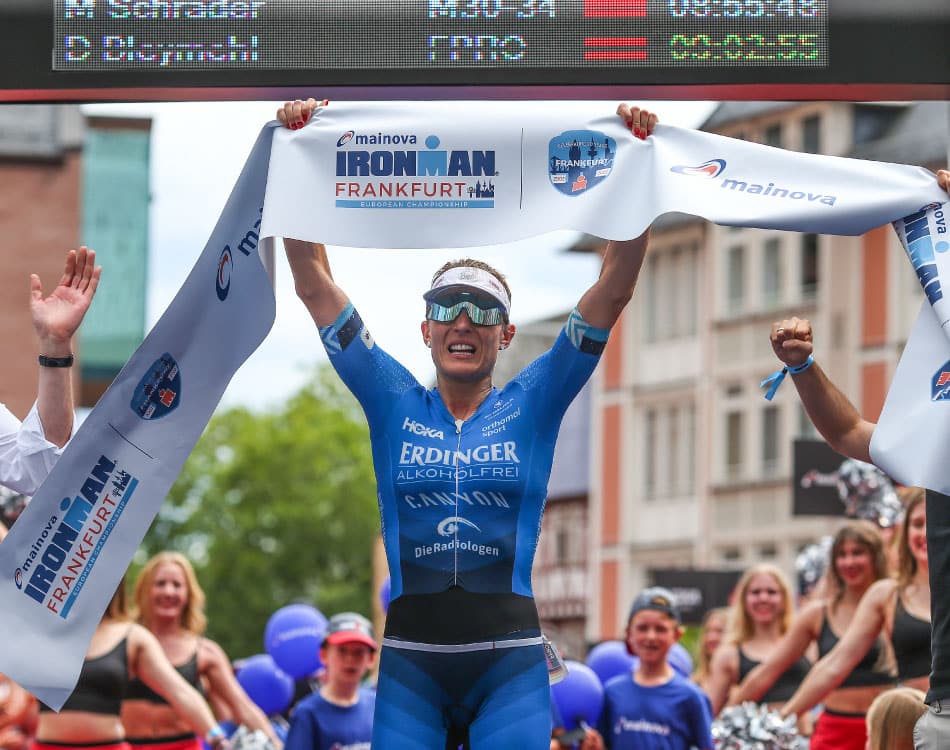
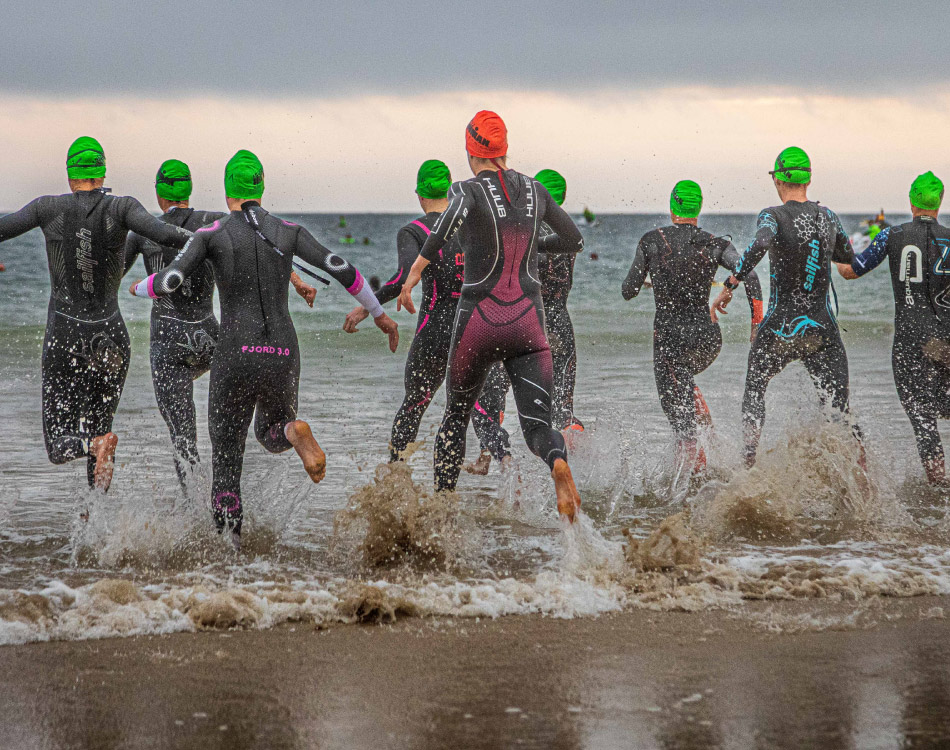
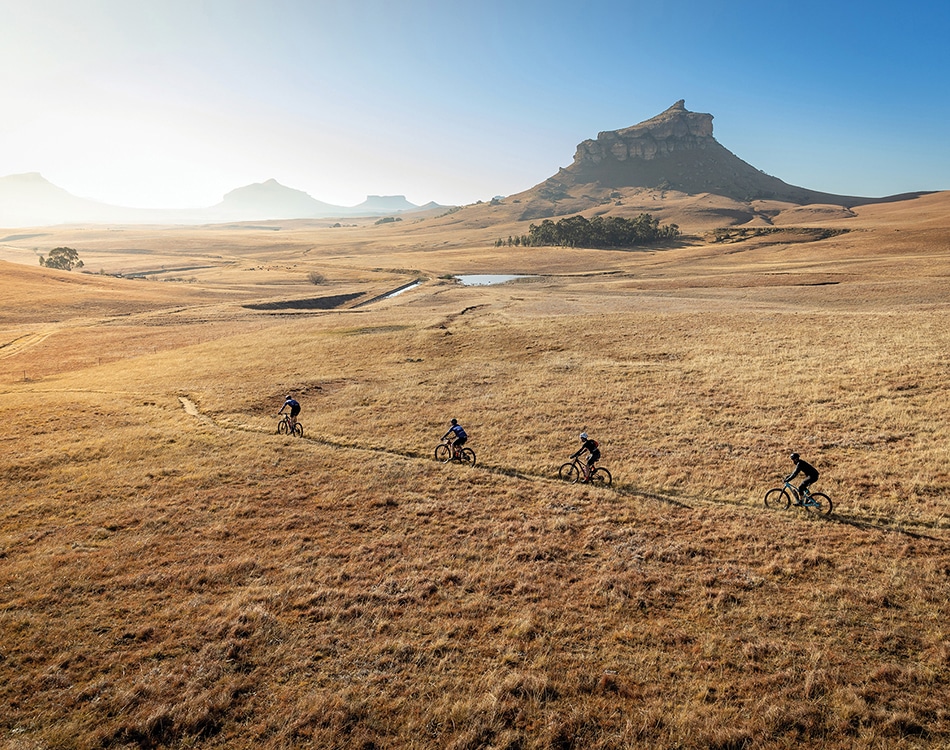
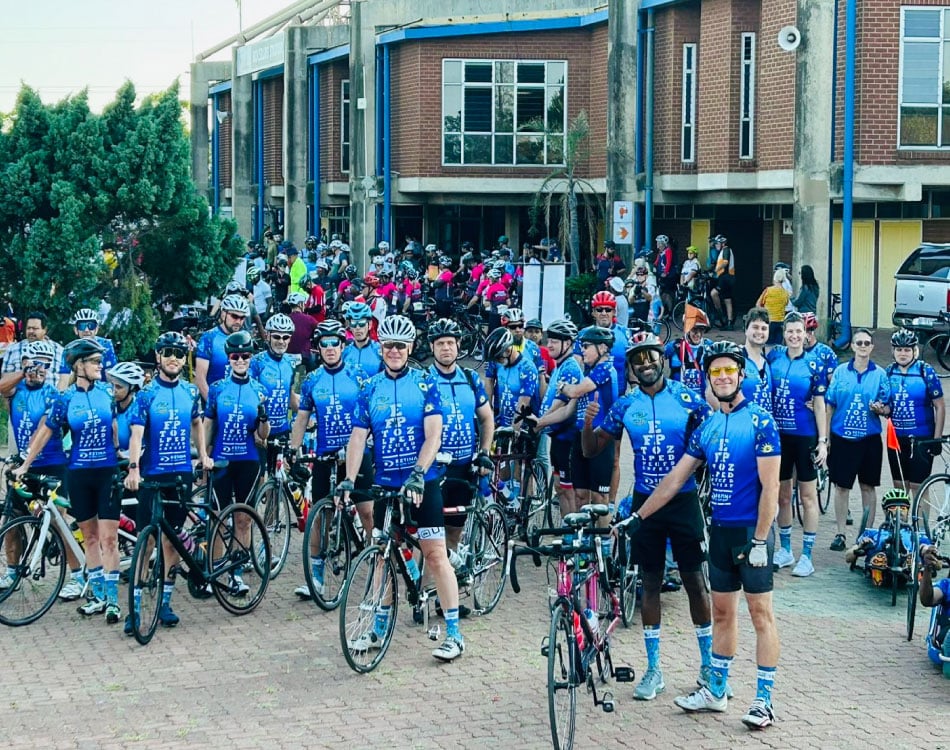



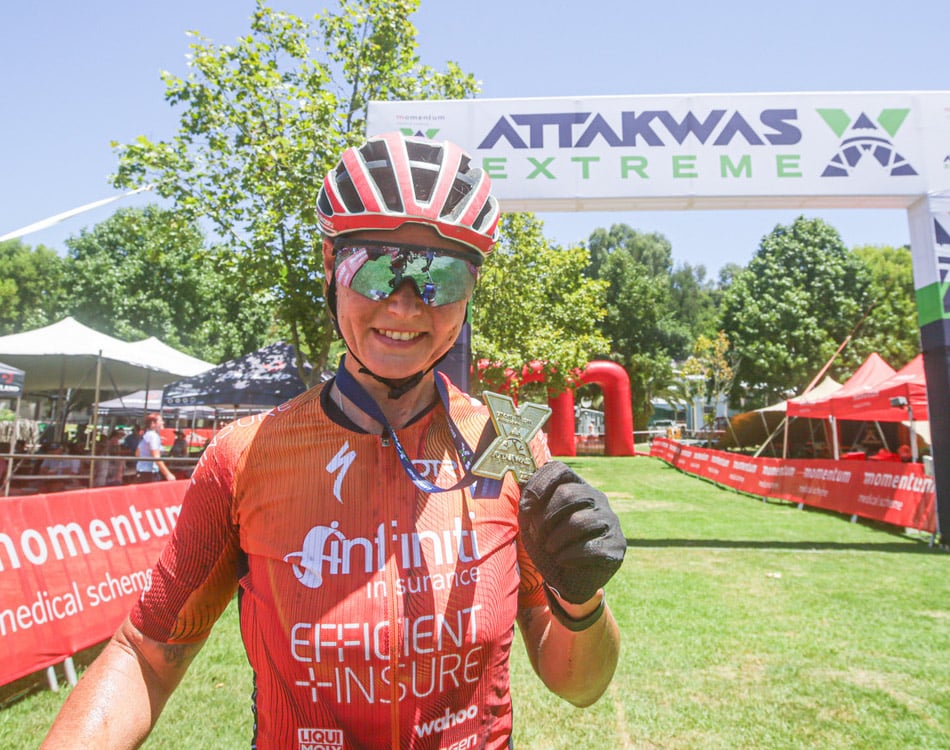
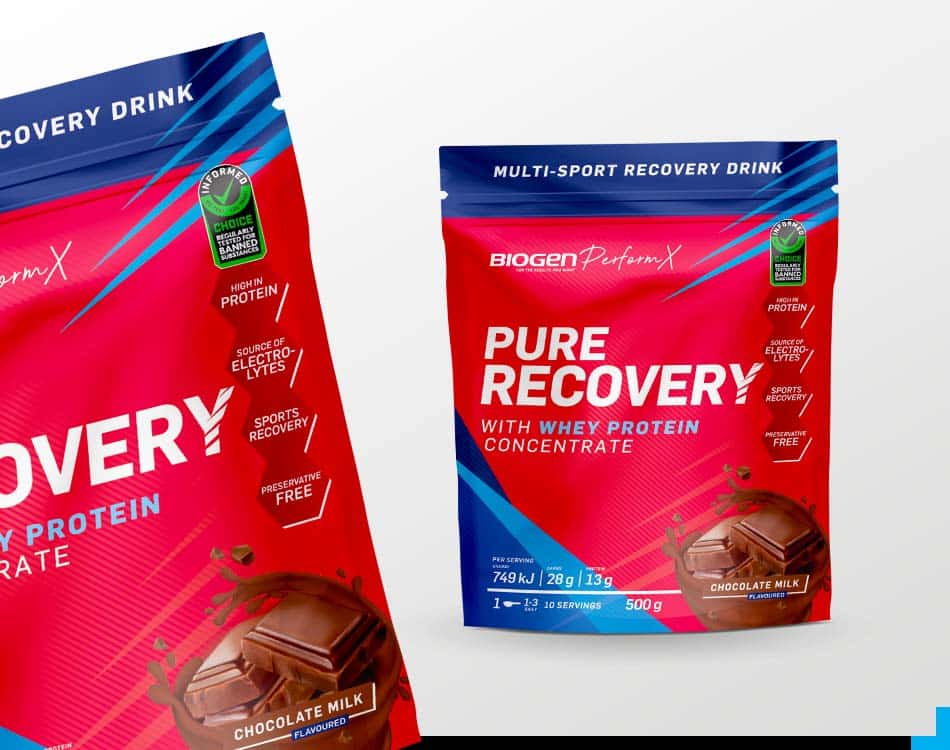
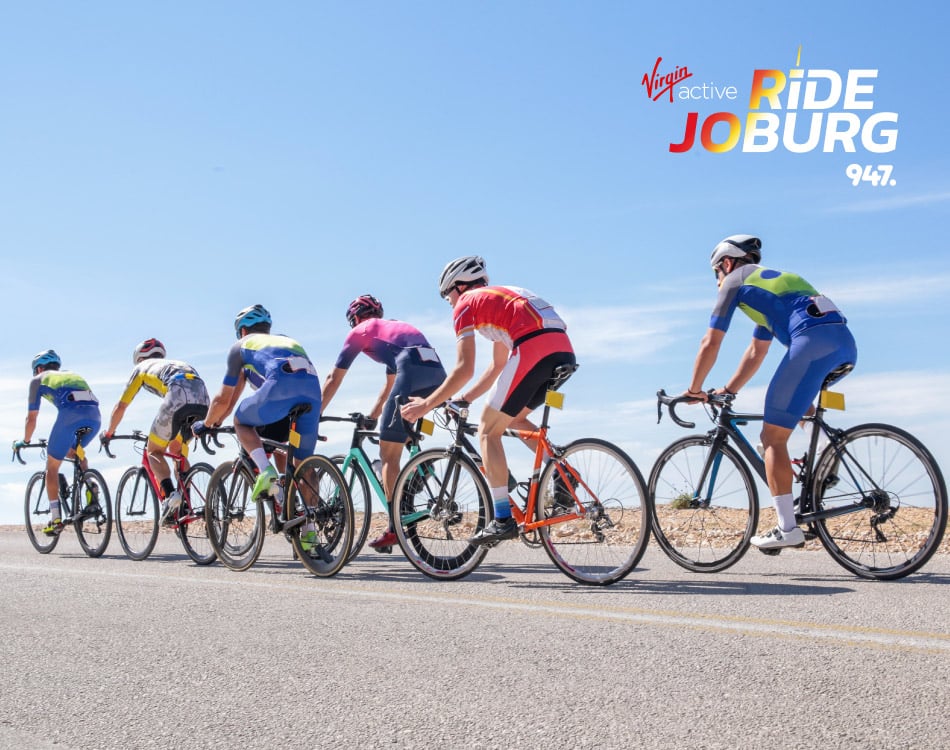



Leave A Comment